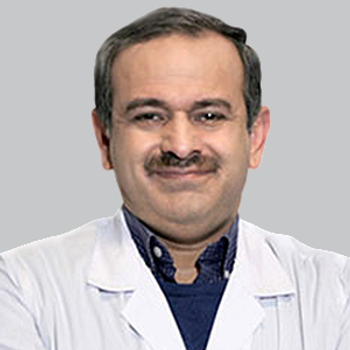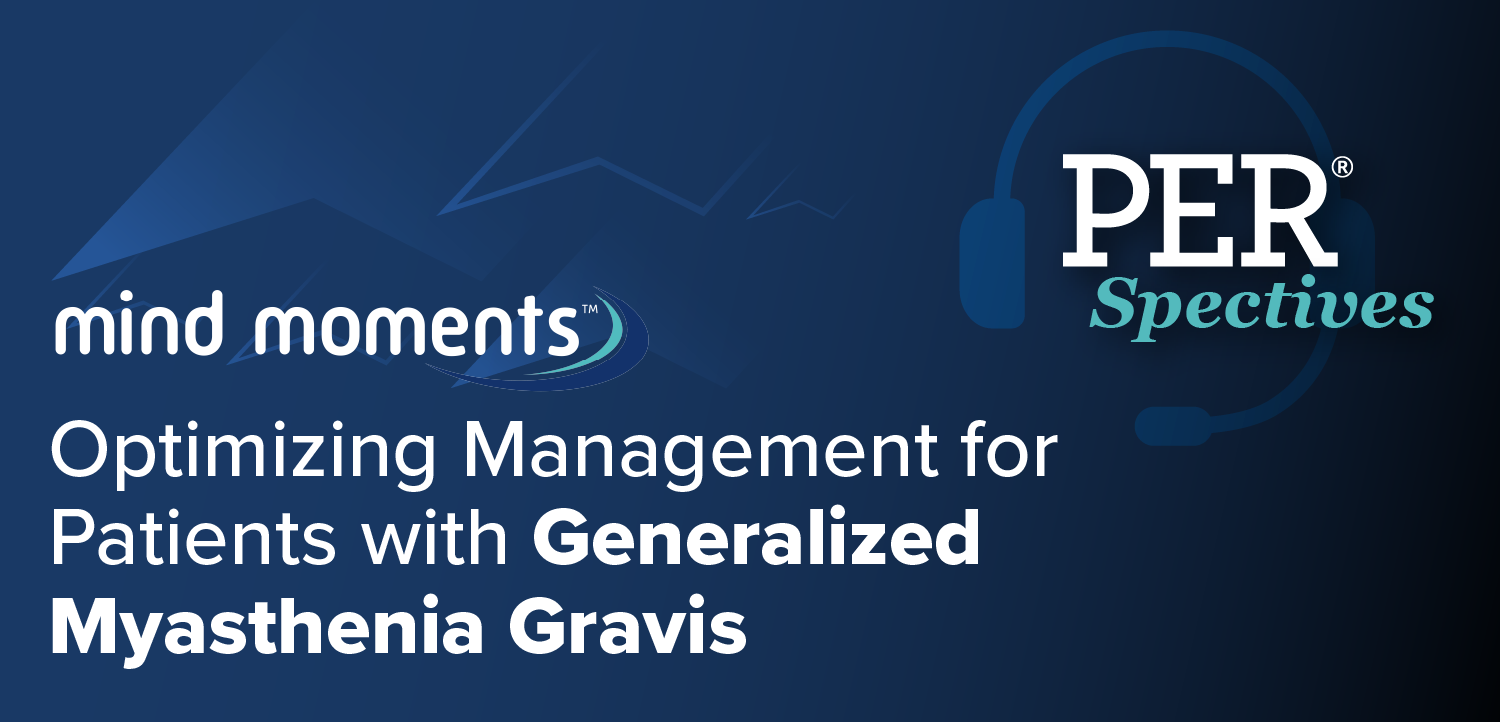
How Circadian Clock Regulation Can Potentially Influence Headache: Joseph S. Takahashi, PhD
The professor and chair of neuroscience at UT Southwestern Medical Center discussed how circadian clock genes regulate cellular metabolism and potentially influence headache. [WATCH TIME: 6 minutes]
WATCH TIME: 6 minutes | Captions are auto-generated and may contain errors.
"A number of the factors that modulate headache such as sleep and circadian rhythms, and some of the transmitters and neuropeptides, those are involved in the circadian system. That’s likely where some of that connection comes from."
Circadian rhythms of physiology can be key to health, and their dysregulation can increase disease risk and accelerate progression. Molecular and physiological studies have revealed an intrinsic clock that drives these rhythms and may be essential for metabolic homeostasis, organ function, and brain health.
One emerging area of interest is the role of circadian mechanisms in headache, where new mechanistic insights are beginning to surface. For instance, cluster headache is an intermittent pain disorder with highly precise circadian timing. With new knowledge of circadian mechanisms, research on the circadian regulation of pain holds promise for translating these insights into actionable strategies to manage or alleviate symptoms.1
At the
In a follow-up interview with NeurologyLive® at the meeting, Takahashi discussed recent findings showing that circadian clocks can strongly affect lifespan in preclinical studies, suggesting that enhancing clock function may influence multiple aging-related pathways simultaneously. He also connected these discoveries to headache research, noting that circadian rhythms and associated neuropeptides could modulate headache risk and severity. Together, he explained that these insights point to a growing understanding of how circadian biology may inform novel approaches to managing headache and other pain disorders.
REFERENCES
1. Burish MJ, Chen Z, Yoo SH. Emerging relevance of circadian rhythms in headaches and neuropathic pain. Acta Physiol (Oxf). 2019;225(1):e13161. doi:10.1111/apha.13161
2. Takahashi JS. KEYNOTE: Circadian Clock Regulation of Metabolism, Aging and Longevity. Presented at: 2025 AHS Annual Meeting; June 19-22; Minneapolis, MN. Plenary 3: SLEEP.
Newsletter
Keep your finger on the pulse of neurology—subscribe to NeurologyLive for expert interviews, new data, and breakthrough treatment updates.




































